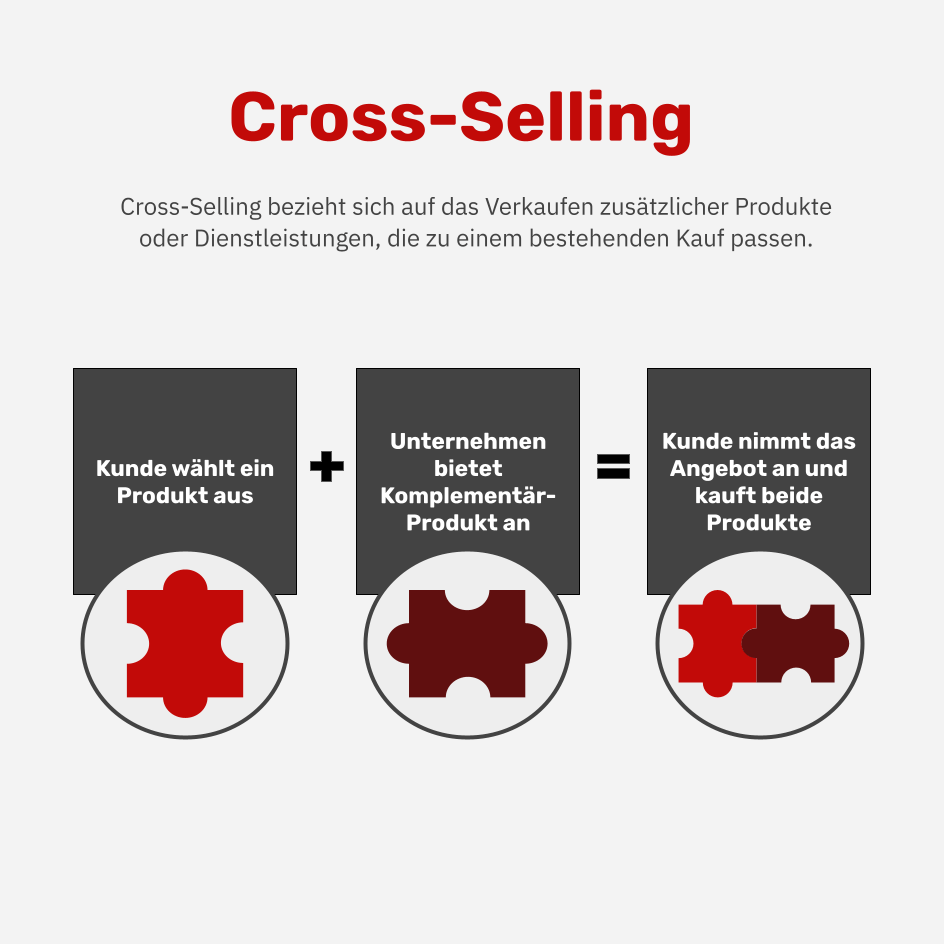Marketing and sales often see each other as competitors. Both sides claim that the bulk of the work has been done by them, and Sales in particular is sure that Marketing is just throwing the hard-earned money back out the window. But actually, effective cooperation between the two departments is a important starting point for the company's success. To simplify cooperation and find conducive working solutions, we present five tips for effective collaboration.

Fields of work of marketing and sales
At the beginning, it is important to use the two Clearly define departments and give them their Assign tasks. Sales has an operational function in the company and is intended to sell products and services to a specific group of customers in a targeted manner. For this purpose, various communication channels are used, such as e-mail, telephone, virtual or face-to-face meetings. He is also responsible, Upselling convincing customers to buy higher-quality products or services. Also the Cross-selling is another subject area of the sales department. Here, additional products/services are offered and attempted to sell to the clientele.

Marketing, on the other hand, is responsible for marketing the product or service. The aim of marketing is therefore to draw attention to the brand and to Generate leads. Marketing and sales thus have different tasks, which nevertheless very closely connected are. For both the Focus on customers and achieve higher sales. Therefore, effective sales work requires accurate marketing work.
To make collaboration even better and easier, we've put together five tips below.
1. Use of a common tool
The key tip is to share a tool. When marketing and sales use the same software platform to support their joint work, it comes to a Collection of all important data in one place and thus to a 360° view over every single contact. An example of such a platform is HubSpot, the all-in-one platform for Inbound Marketing, Sales, CRM and Service.
This platform makes it possible to clearly record all digital touchpoints that the clientele had with the company.
Particularly for sales, the customer history is an important reference point for obtaining a good basis for a sales conversation. The contact card documents, for example, which ad brought the lead to the company's attention and in which lifecycle status, i.e. in which step of the buying process, he or she is.

The sales organization equally documents its activities in HubSpot - among other things, it can also draw on standard actions that have been defined together with marketing (see below: Automation). The Marketing activities are thus linked to new sales data. Using a common tool prevents useful information from being overlooked and lost. The clientele is viewed holistically and led to purchase, which increases the sales potential enormously. Therefore, make sure to use a common tool or at least link the tools of the different departments in an optimal way.
2. Define a common goal
In all areas of life, the highest success is probably achieved with a precise definition of goals. This is also the case in the cooperation between marketing and sales. Precise definition of the goals and the desired clientele prevents leads generated by Marketing from being used by Sales for other purposes. Completion of purchase can be guided.
Clarity through a precise definition leads to an effective use of resources and an optimal customer approach. It is therefore important to clarify in advance which customers and clients respond best to the company's offering. Here, industry, sales and location can be taken into account. It should also be clearly identified which needs are being addressed or which solutions to problems are being proposed to the client. This is how marketing reaches the right customer group and the distribution can Explicitly address the individual problems of the individual contact and generate a higher success rate.
3. Build a sales pipeline
In sales, a so-called sales pipeline is often used. This is an organized, visual way of recording and tracking the buying process of potential customers. For this purpose, the individual phases listedwhich is intended to persuade the clientele to make a purchase. Headings of this sales pipeline can be, for example, prospects, qualification, contact establishment or relationship establishment.

The complete Customer Journey is listed step by step and can be reviewed by sales and marketing. On the one hand, this has the advantage that the goals and the path to them are once again clearly presented, but it also provides informative data for reporting. This gives you indications of how the marketing and sales process can be improved for a customer journey that is as personal as possible.
4. Make processes more efficient with marketing automation
The marketing and sales process is accelerated and simplified by marketing/sales automations. Automated processes facilitate digital acquisition of new customers and can encourage existing customers to make repeat purchases. This approach is called Leadnurturing. It means that interested parties are provided with relevant content so that a desire to buy arises.
Automations can also be used to address interested parties who do not have an active desire to buy at the current time, and to encourage them to buy at a later time through automated and regular playback. Existing customer relationships can also be further maintained through automated processes be
A Leadnurturing with the help of marketing automation reduces acquisition time considerably and allows success to be achieved with a minimum of resources. Here, too, a solution like HubSpot can provide support in terms of efficiency and effectiveness.
5. Always improve the processes through analysis
A constant analysis of the processes ensures continuous improvement. In the cooperation between marketing and sales, a regular reporting of significant advantage. For example, the salesperson receives even more information about the contact during the sales conversation with the clientele. This can be questions that have arisen, suggestions or criticism.

When these points are collected, it is possible to identify in retrospect which questions or suggestions have come up more often. This, in turn, can provide a good reference point for a new marketing strategy, blog post, campaign or explainer video. Through the Continuous analysis of the collected data both sales and marketing thus get to know the customer group better and better.
Conclusion
From the previous tips, it is clear that effective collaboration between marketing and sales leads to higher sales and greater success for the company. The solutions and approaches mentioned above ensure that the two departments harmonize optimally and that there is a good exchange of knowledge and information.






